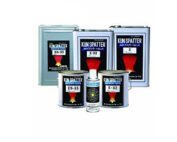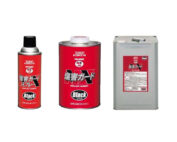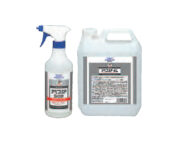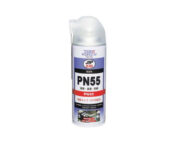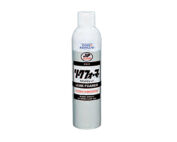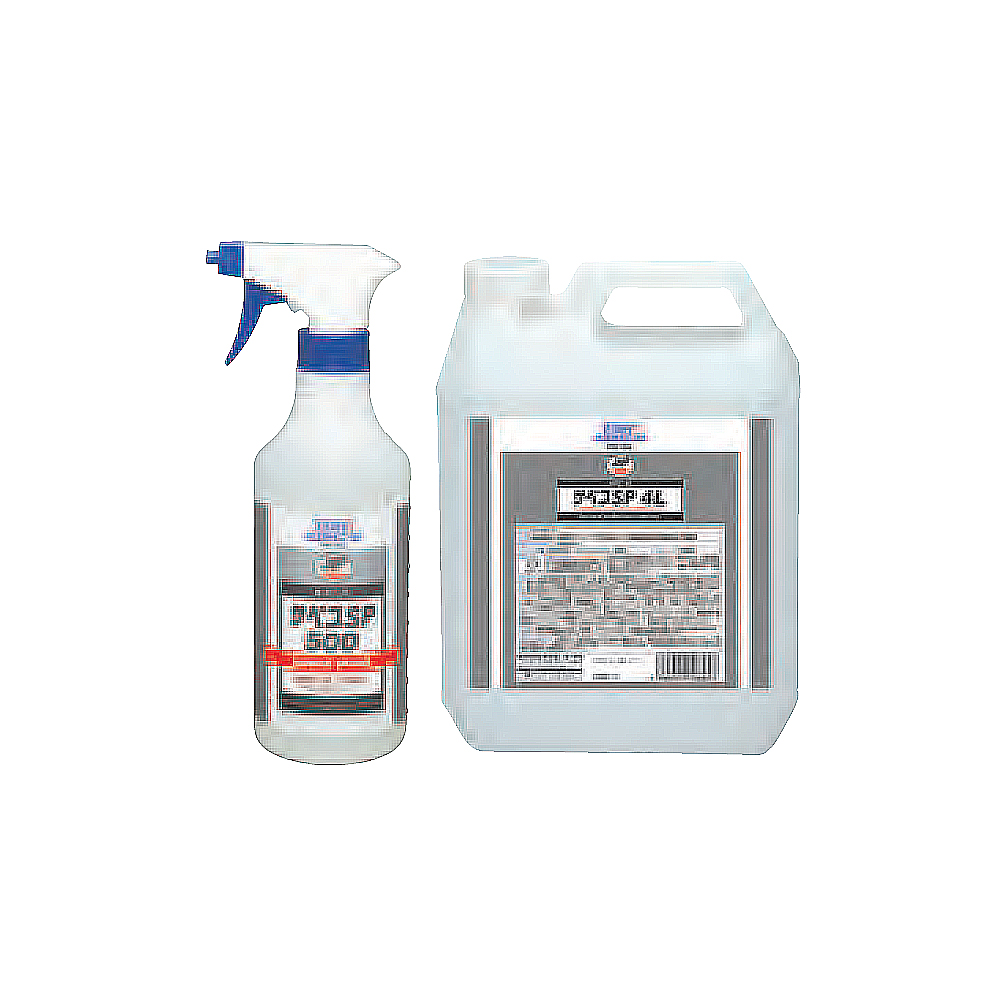
- Choose the Right Anti-Spatter Product: There are various types of anti-spatters products available, including sprays, gels, pastes, and liquids. Choose the type that best suits your welding process and preferences.
- Preparation: Before applying anti-spatter, make sure the welding surface is clean and free from contaminants like dirt, oil, rust, and previous spatters. Clean the surface using a wire brush, grinder, or appropriate solvent.
- Application: Apply the anti-spatters product to the welding surface and surrounding areas using the recommended method. This could involve spraying, brushing, or dipping, depending on the form of the anti-spatters product. Ensure even coverage over the entire area where spatters is expected.
- Allow Drying Time: If using a spray or liquid anti-spatter, allow sufficient drying time before starting the welding process. This ensures that the anti-spatters form a protective barrier on the surface.
- Welding Process: Proceed with the welding process as usual. The anti-spatters product will help prevent spatter from adhering to the welding surface and surrounding areas.
- Post-Weld Cleaning: After welding, inspect the weld for any spatter that may have formed despite the use of anti-spatters products. If spatter is present, remove it using a wire brush, chipping hammer, or other appropriate cleaning tools.
- Reapplication: Depending on the duration of welding and the effectiveness of the anti-spatters product used, you may need to reapply the product periodically during welding to maintain its effectiveness.
- Safety Precautions: Always follow safety precautions and recommendations provided by the manufacturer when using anti-spatters products. Some products may emit fumes or require adequate ventilation during application.
By following these steps, you can effectively use anti-spatter products to minimize spatter and improve the quality of your welds.
Also Read This Blog

